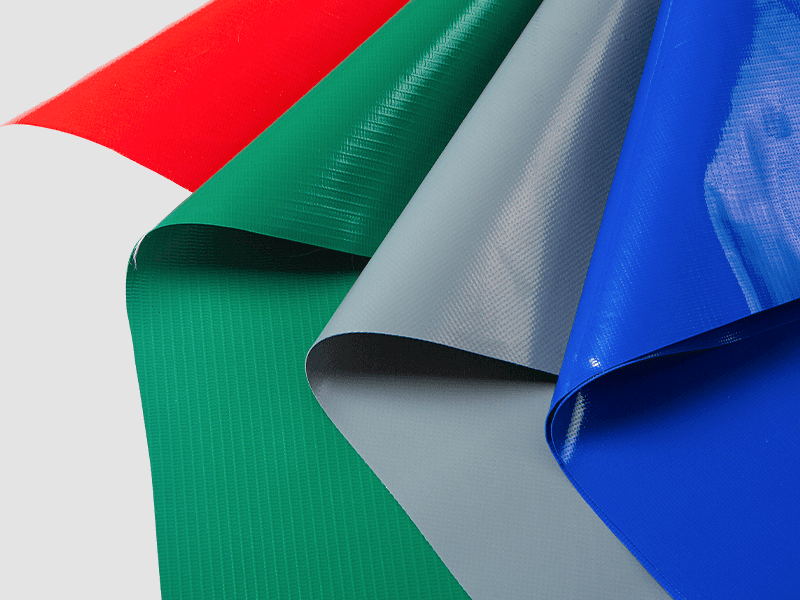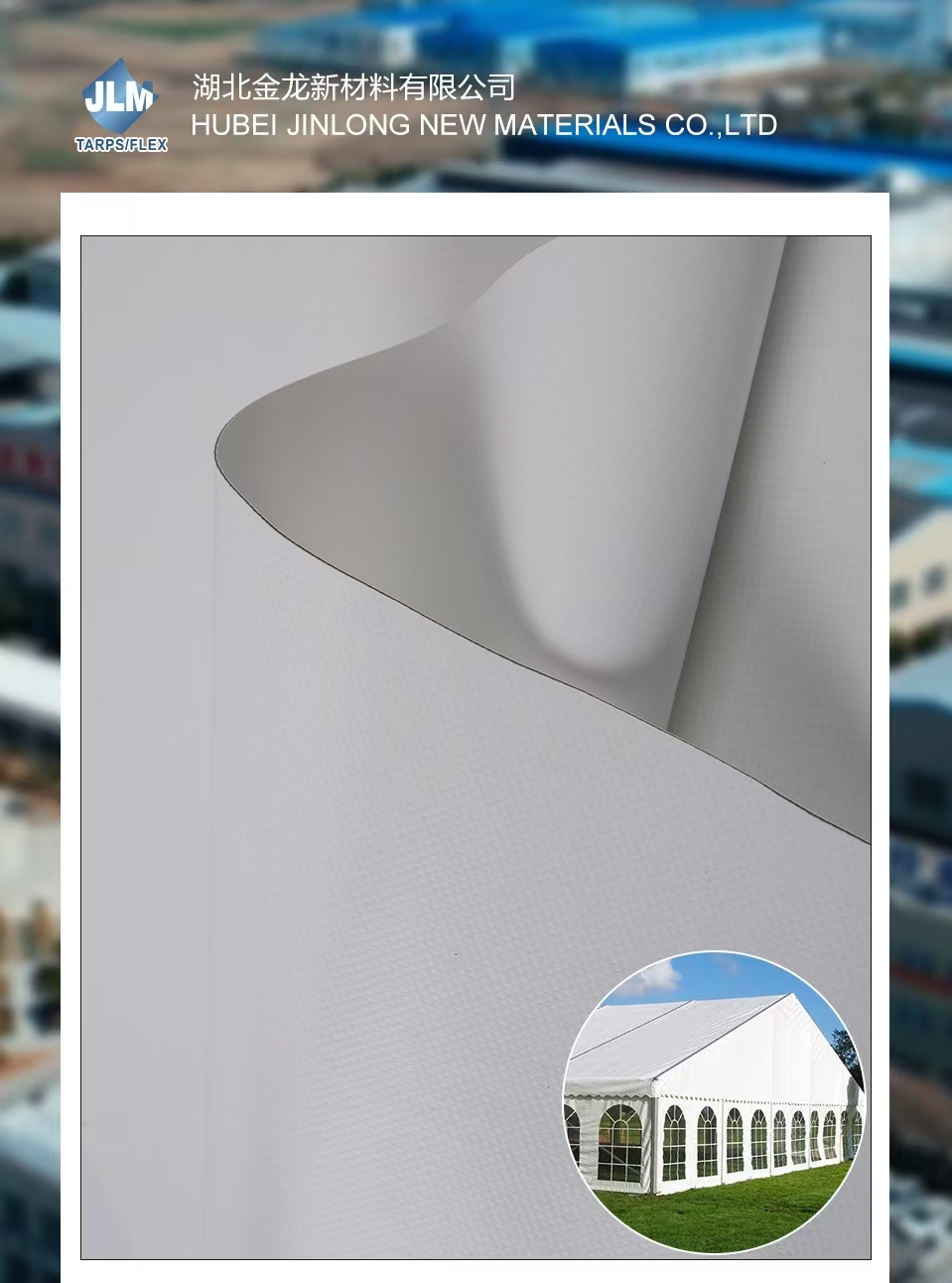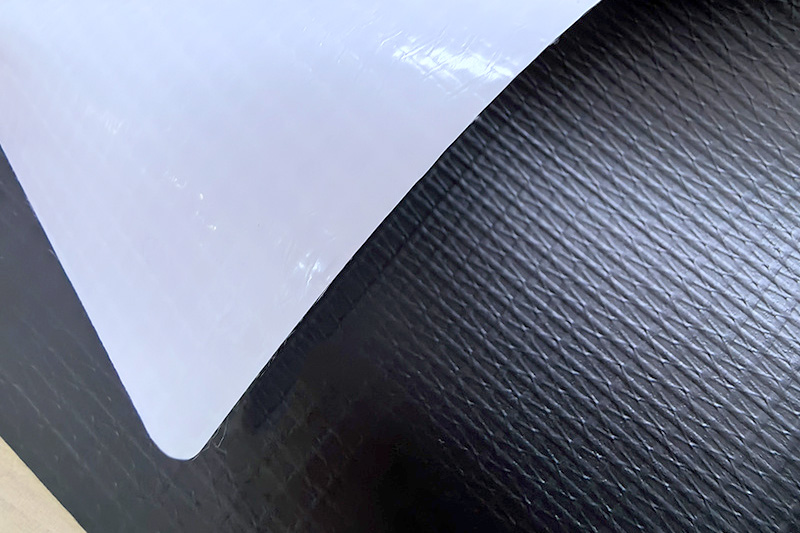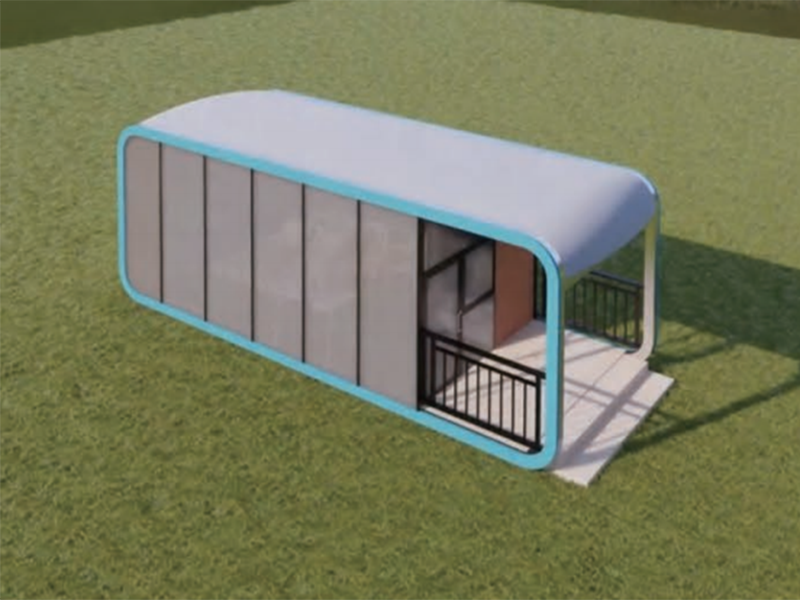PVC inflatable fabric and ordinary fabric are fundamentally different in composition, performance, and application. While both are textile-based materials, their structural design, functional properties, and intended uses set them apart significantly. Below is a detailed comparison highlighting the key differences:
1. Material Composition
PVC Inflatable Fabric: Made by coating a high-strength polyester or nylon scrim (woven base fabric) with polyvinyl chloride (PVC) on one or both sides. This creates a laminated, airtight material that is both flexible and durable.
Ordinary Fabric: Typically made from natural fibers (like cotton, wool, or silk) or synthetic fibers (such as polyester or nylon) without any coating. It is porous and not inherently airtight or waterproof.
2. Airtight and Inflatable Properties
PVC Inflatable Fabric: Designed to be airtight and capable of holding internal pressure. This allows it to be used in inflatable structures such as bounce houses, air beds, inflatable boats, and temporary shelters.
Ordinary Fabric: Not airtight; air and moisture pass through freely. It cannot maintain internal pressure and is therefore unsuitable for inflation applications.
3. Waterproof and Weather Resistance
PVC Inflatable Fabric: Fully waterproof, UV-resistant, and often treated with anti-mold and anti-aging agents. It can withstand rain, humidity, and prolonged sun exposure, making it ideal for outdoor use.
Ordinary Fabric: Most are not waterproof (unless specially treated). Natural fabrics absorb water, while untreated synthetics may resist moisture briefly but still allow seepage over time.
4. Durability and Tensile Strength
PVC Inflatable Fabric: Reinforced with a strong woven core, it offers high tensile strength, puncture resistance, and tear resistance. It can endure repeated inflation, deflation, and outdoor stress.
Ordinary Fabric: Generally less durable under mechanical stress, especially when exposed to moisture or UV light. It is more prone to tearing, fraying, and degradation over time.
5. Weight and Flexibility
PVC Inflatable Fabric: Heavier than most ordinary fabrics due to the plastic coating, but remains flexible and foldable when deflated. Its rigidity increases when inflated.
Ordinary Fabric: Lightweight and soft to the touch, with natural drape and flexibility. However, it lacks structural rigidity.
6. Applications and Use Cases
PVC Inflatable Fabric: Used in inflatable products such as air tents, advertising balloons, water slides, rescue rafts, medical splints, and event domes. It is essential in temporary, portable, and rapidly deployable structures.
Ordinary Fabric: Used in clothing, home textiles (bedding, curtains), upholstery, and general-purpose sewing projects where inflation or air retention is not required.
7. Maintenance and Cleanability
PVC Inflatable Fabric: Easy to clean with soap and water; resistant to dirt, mildew, and stains. Can be wiped down and disinfected, making it suitable for shared or public use.
Ordinary Fabric: May require special washing methods, especially natural fibers. Can absorb odors and stains and is harder to sanitize thoroughly.
8. Environmental and Safety Considerations
PVC Inflatable Fabric: Less biodegradable but recyclable in some cases. High-quality PVC is phthalate-free and complies with safety standards (e.g., EN71, REACH). Flame-retardant versions are available.
Ordinary Fabric: Natural fabrics are biodegradable and eco-friendly, while synthetics may shed microplastics. Generally considered safer for skin contact in clothing.
9. Cost and Longevity
PVC Inflatable Fabric: Higher initial cost but extremely long-lasting when properly maintained. Resistant to wear, weather, and frequent use.
Ordinary Fabric: Generally lower cost, but may wear out faster, especially in heavy-use or outdoor environments.
10. Repair and Maintenance
PVC Inflatable Fabric: Minor punctures can be repaired with PVC-specific adhesive patches or heat welding. Designed for long-term reuse.
Ordinary Fabric: Can be sewn or patched, but repairs may not restore original strength, especially after water or UV damage.
Conclusion
While both PVC inflatable fabric and ordinary fabric are textiles, their purposes are vastly different. PVC inflatable fabric is an engineered, high-performance material designed for structural integrity, air retention, and durability in demanding environments. In contrast, ordinary fabric serves everyday functional and aesthetic needs in clothing and home use. The choice between them depends on the application—whether you need a soft, breathable textile or a robust, inflatable, weather-resistant material.



 English
English русский
русский Français
Français Español
Español




















